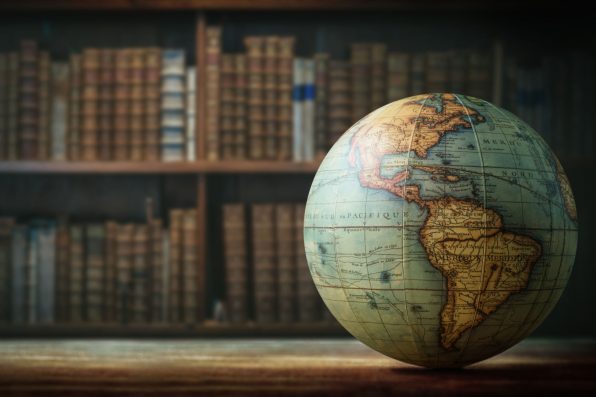For thousands of years, humans have been making maps. Early maps often charted constellations. They were painted onto cave walls or carved into stone. As people began to travel and explore more of the world, geographical maps started to come together.
Dating back to the 6th century B.C.E., the Imago Mundi, most commonly known as the Babylonian Map of the World, is the oldest surviving world map. Although it may not be entirely accurate, it offers a glimpse into how ancient Babylonians viewed the world around them.
The map was a clay tablet that was created somewhere between 2,600 to 2,900 years ago. During that time, the Neo-Babylonian Empire was leading the advances in architecture, science, and mathematics.
The artifact was found in the 19th century by an archaeologist named Hormuzd Rassam. He was famed for excavating significant Assyrian and Babylonian finds, including the Epic of Gilgamesh, the oldest piece of literature in the world.
He discovered the map in 1881 during a dig in the town of Sippar in Iraq. Some experts believe it was originally uncovered in the ancient city of Borsippa. Currently, the map is housed in the British Museum in London.
The tablet is cracked and measures 4.8 by 3.2 inches. It features a circular map of Mesopotamia, a historical region in the Middle East that contained a number of major ancient civilizations, such as the Assyrians and the Babylonians.
It is believed that Babylon is represented by a rectangle within the inner ring in the center of the map. Cutting through the rectangle are parallel lines, which likely depict the Euphrates River.
In the surrounding area, there are places like Assyria, Der, Elam, and Urartu. They are all enclosed by an outer ring, which represents the ocean.
Alongside the map, pieces of text written in cuneiform describe Babylonian mythology in the regions portrayed on the tablet. Beyond the ocean at the top of the map, the area is labeled as “where the Sun is not seen.”

Sign up for Chip Chick’s newsletter and get stories like this delivered to your inbox.


